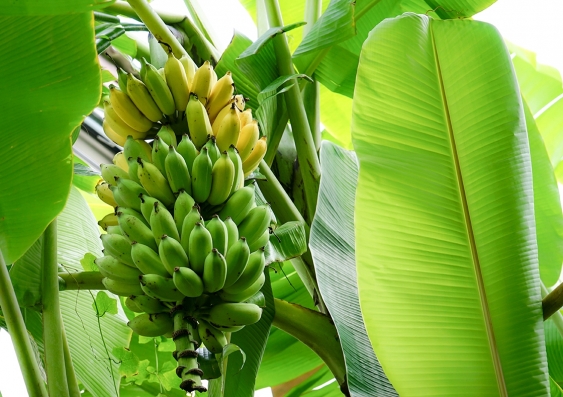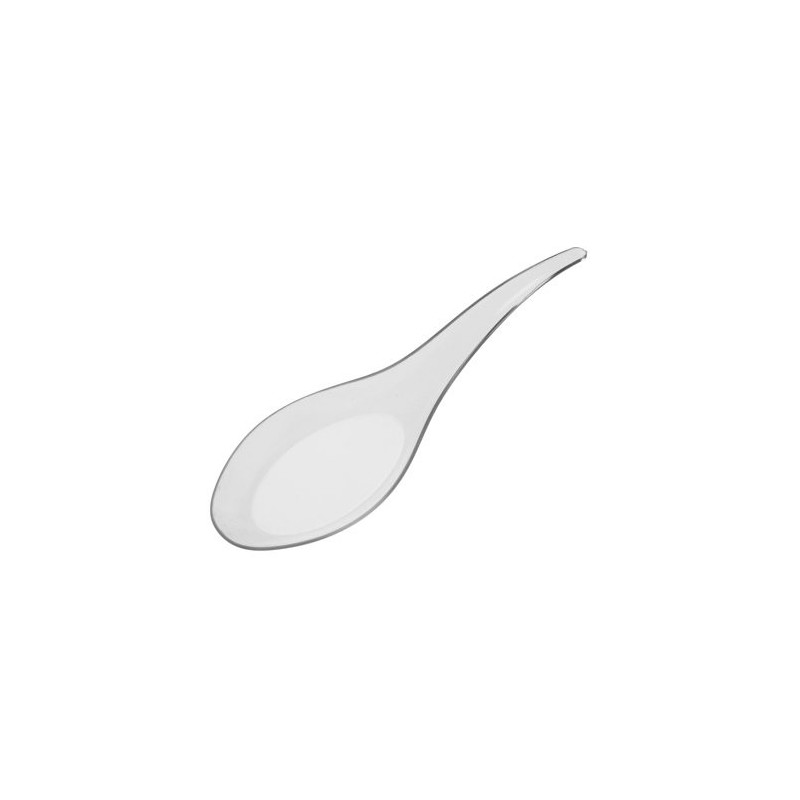
Ray Kroc hated the wasted space between cans or glass bottles of milk, so in the 1960s, he urged the dairy industry to instead use plastic-lined cartons. They offered counter service (thus eliminating the need for servers) and had burgers cooked in advance, just needing to keep them warm with heat lamps. The fast-food concept at McDonald’s wasn't all about cutting costs-it was about maximizing profit in this stripped-down experience of eating out. And since McDonald’s overlapped with the time of Throwaway Living, it changed our world in a significant way. While it wasn’t the first fast-food chain, it still managed to pave the way in the industry. By 2012, that percentage had grown to 43 percent.” They report similar results from nearly every other country where McDonald’s has appeared, citing that 10 percent of meals in India are eaten away from home compared to only 3 percent in 2003.

In 1970, Americans were having about a quarter of their meals away from home, according to the U.S. Seinfeld's Jason Alexander singing about the joys of the McDLT and its Styrofoam packaging.Īccording to CBC News, “The growth-both by McDonald's and the fast-food industry it has led-has transformed how people eat. Washing dishes? Please, that was a thing of the ‘40s! With disposable items like plates and silverware, people could reclaim those precious hours spent washing and drying their Fiestaware. Getting to throw out dishes and silverware when finished with dinner was seen as the glamorous thing to do. Ray would go on to become the first franchisee in 1952 and eventually bought them out in 1961.Īround the time McDonald’s came onto the scene, Throwaway Living was all the rage (if you haven’t seen our piece on that 1950s trend, learn all about it here). Ray Kroc was the supplier for milkshake appliances at McDonald’s, and he ended up convincing the McDonald brothers to opt for a franchise model with their little joint. In 1948, Maurice and Richard McDonald opened a hamburger restaurant in San Bernardino, California. The Rise of Fast Food and That Glam Single-Use Plastic Life It’s not just a catchy saying instead, reusing and recycling come in second and third in the list of priorities for minimizing trash.Īs Greenpeace’s Abigail Aguilar told National Geographic, “We believe that the ones producing and promoting the use of single-use plastics have a major role in the whole problem.” After all, the first part of “reduce, reuse, recycle” is to simply reduce the use of anything that could generate trash in the first place. A real difference would have to come from the corporations and brands who are creating much of the plastic waste in the first place. The real culprit when it comes to plastic isn’t you or I, it’s big business, with the worst offenders producing millions of tons of it each year. Consumers are willing to pay more for these options, and it’s not merely aspirational consumers do pay more for these options, with a CPG growth of 50% in sustainability-marketed products.īut, dear consumer, buy all the silverware made from avocado pits you want and have a reusable straw handy in your back pocket-it still won’t make a dent. If the emphasis on sustainable, green, eco-friendly, and/or environmentally responsible living has seemed to become more prominent, then you’re right.


And we don’t want to point fingers, but it’s hard to ignore one massively influential company in particular which isn’t merely a player in the game of big biz plastic waste-it may have inspired the normalization and accepted use of single-use plastic. It sounds almost too convenient to have only one responsible party for our society’s current reliance on single-use plastic. We could understand where we went wrong, how we can possibly make it better, and how we can avoid this kind of mistake again. But at the very best, it might help us learn exactly how we got into this disastrous mess. Wouldn’t it be nice if we could point our fingers at one single entity and blame them for our world’s current single-use plastic catastrophe? At the very least, it could help us direct our feelings of frustration over the prevalence of disposable silverware, straws getting pulled out of turtles, and wasteful, plastic-lined wrappers getting tossed in the trash.

You can find the first chapter on the invention of throwaway living here. This is the second part of our series, The History of Plastic.


 0 kommentar(er)
0 kommentar(er)
